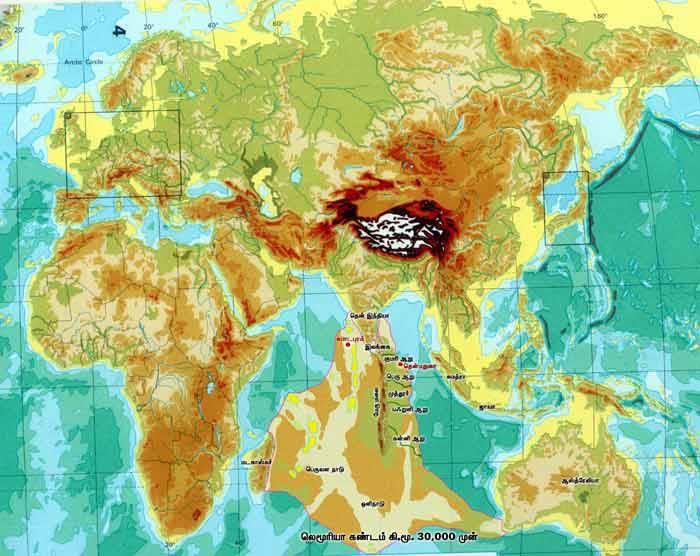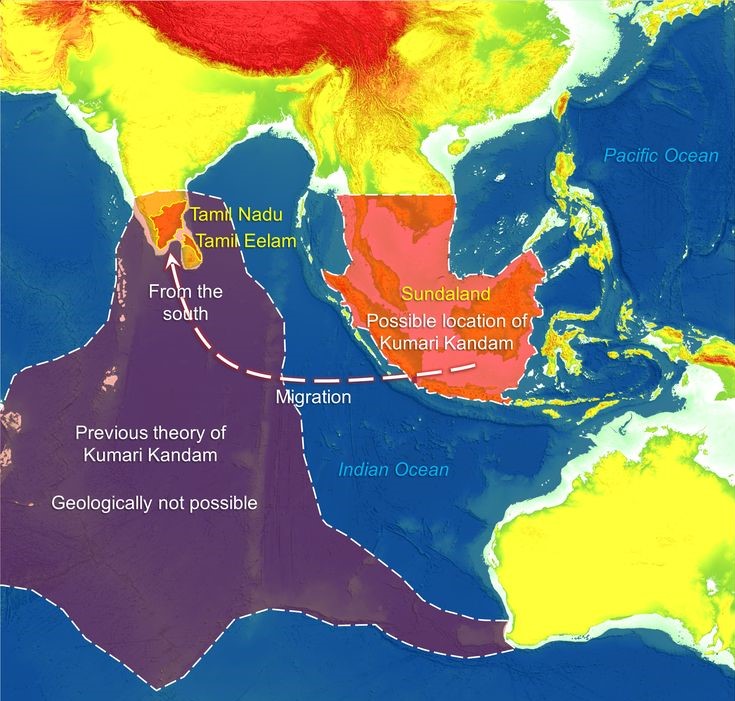Scientists have found a “ lost continent ” under the island of Mauritius below the Indian Ocean.
The tropical island nation formed from lava expelled by volcanoes over 9 million years. But researchers have recently identified a mineral that was several billion years old in rocks. Further investigation by a team of geologists revealed a different story. It was led by the South Africa’s University of Witwatersrand. Actually, the island was sitting on top of an undiscovered speck. It was 200-million-year-old “super-continent”, the lost continent Gondwanaland below the Indian ocean. This split to form Africa, South America, Antarctica, India, and Australia about 180 million years ago.

How cool is that? It’s like looking for a lost treasure in the National treasure trilogy movie! Exhilarating!
Professor Lewis Ashwal said “Mauritius is an island and there is no rock older than 9 million years old on the island. However, by studying the rocks on the island, we have found zircons that are as old as 3 billion years.”
Now, what are these zircons?

Basically, Zircons are minerals that occur mainly in granite from the continents.
Additionally, they contain trace amounts of uranium, thorium, and lead. Furthermore, they are highly resilient. It means they contain a luxurious record of geological processes.
The discovery was not completely new as the previous study found traces of the mineral in beach sand in 2013.
However, the academic community dismissed the results at the time. Moreover, the mineral could have been either blown in by the wind or carried in on vehicle tires or scientists’ shoes.

Finally, the study published in the journal Nature Communications.
Well, now they have enough evidence, let’s welcome the newest continent on the block?
Planning a trip? why not visit the new baby!
Like us on Facebook. 🙂